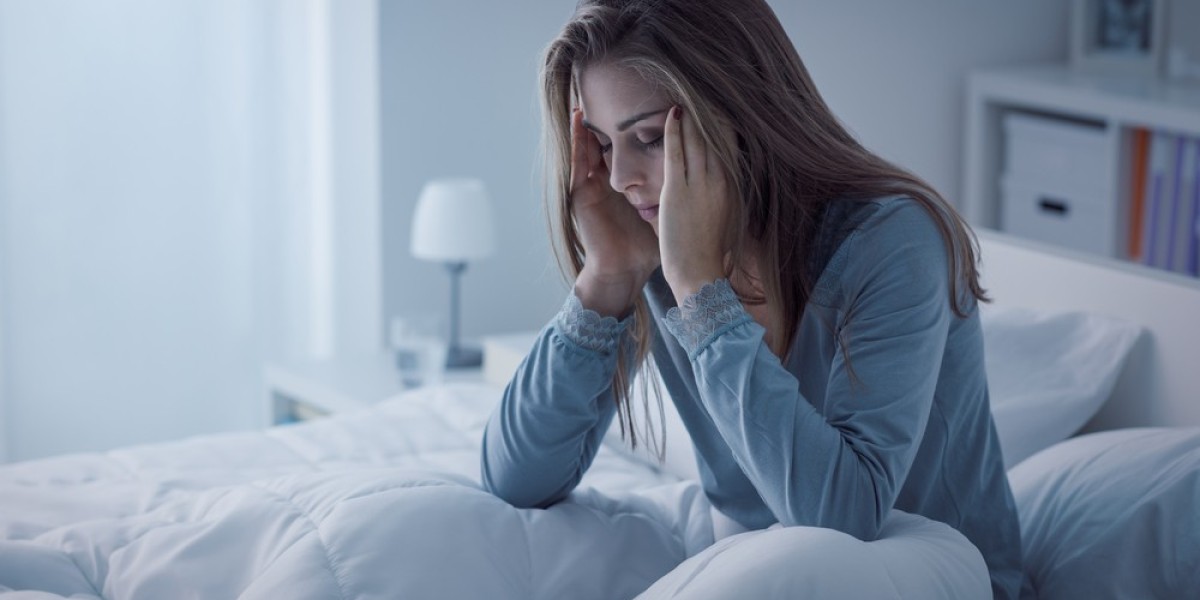Sleep hygiene is crucial and integral for everyone, but it takes on heightened importance for individuals dealing with hypersomnia. Hypersomnia is a condition where individuals fall asleep excessively despite adequate hours of night rest and prolonged nighttime, restorative sleep. Moreover, people with hypersomnia often struggle to stay alert during the day, despite getting an adequate amount of sleep, which can severely impact daily activities, mental health, and overall quality of life. An overview of hypersomnia will help understand what it is and how it impacts the quality of life, confidence, morale, productivity, and mental and physical health of the sufferer.
Furthermore, adopting effective sleep hygiene practices tailored to hypersomnia can play a vital role in managing symptoms and promoting better sleep quality. This guide will delve into specific strategies—such as establishing a consistent sleep routine, creating an ideal sleep environment, and managing daytime naps—to help individuals with hypersomnia improve their sleep patterns, reduce daytime drowsiness, and foster a more balanced, fulfilling lifestyle. Understanding and implementing these tips can empower those with hypersomnia to regain a sense of control over their sleep health and enhance their daytime functioning. Keep scrolling to learn and explore useful strategies and tips that can be implemented to cope and deal with hypersomnia.
Exploring Hypersomnia—Reason Behind Excessive Daytime Sleepiness
Hypersomnia is a sleep disorder characterized by persistent excessive sleepiness, known as hypersomnolence. While hypersomnolence itself is a symptom rather than a standalone condition, it is a primary marker of hypersomnia. In addition to this, hypersomnia exists independently of other sleep disorders and is not caused by conditions like narcolepsy which can also lead to chronic sleepiness.
Additionally, according to the National Institute of Neurological Disorders and Stroke (NINDS), hypersomnia may stem from factors such as dysregulation of the autonomic nervous system, certain medications, substance use, or other neurological or medical conditions like head injuries, tumors, multiple sclerosis, encephalitis, or epilepsy.
Identifying the Common Signs and Symptoms of Hypersomnia
Individuals with hypersomnia often feel an overwhelming need to sleep during times when it may be inconvenient or inappropriate, such as while at work, in class, during social activities, or even in conversations. Other symptoms of hypersomnia include:
Frequent need for daytime naps
Irritability and mood fluctuations
Reduced alertness
Heightened anxiety
Trouble concentrating
Apathy or lack of interest
Distorted or reduced memory
Poor decision-making or feeling intensely foggy
These symptoms can significantly affect personal and professional aspects of life, making daily tasks more challenging and sometimes leading to social withdrawal. Therefore, it is integral to understand, identify, and recognize these symptoms for timely intervention, curbing the adverse impacts of hypersomnia on personal and professional life.
Sleep Hygiene for Hypersomnia—Tips and Strategies to Enhance Rest and Alertness
Managing hypersomnia through sleep hygiene can help individuals minimize excessive daytime drowsiness and improve overall sleep quality. The following tips provide a structured approach to addressing sleep-related challenges associated with hypersomnia, focusing on consistent routines, optimal sleep environments, and lifestyle adjustments that could help cope with hypersomnia signs and symptoms;
Establishing a Persistent Sleep Schedule
Even on weekends, try to maintain a consistent sleep-wake schedule. This practice can help regulate the body’s internal clock, known as the circadian rhythm, which can reduce grogginess and help one feel more alert during the day.
In addition to this, setting an alarm can help maintain a persistent sleep-wake schedule. Setting gentle and mild-toned alarms resonating with sunlight, chirping birds, and more can help give an imaginary glance into the morning, coaxing an individual to wake up on time.
Optimizing Sleep Environment and Bedroom Setting
Darkness triggers the body’s sleep hormone, the production of melatonin—that assists to sleep. Block out light using blackout curtains and reduce noise with earplugs or a white noise machine. Aim to keep the room cool, around 65°F (18°C), as cooler temperatures support better sleep.
Furthermore, for individuals with hypersomnia, quality sleep is essential, and a comfortable mattress and bedding can make a significant difference. Choose mattresses, pillows, and bedding that support restful sleep and prevent body aches.
Practicing Mindful Daytime Napping
Hypersomnia may increase the need for naps, but long naps can interfere with nighttime sleep. Limiting naps to 20-30 minutes and avoiding naps at the end of the day or nearer to bedtime is recommended.
In addition to this, use short naps for improved alertness. In other words, a quick power nap can boost alertness without significantly impacting nighttime sleep. Experiment with timing to find what works best, as too much daytime sleep can increase sleep inertia, the grogginess experienced upon waking.
Avoiding Stimulants or Caffeine in the Afternoon/Evening
Caffeine can disrupt sleep by increasing alertness and blocking adenosine, a natural sleep-inducing compound. Avoid caffeinated beverages after noon to ensure they do not interfere with sleep later in the day.
Also, alcohol can make one feel drowsy and foggy, it actually disrupts sleep quality and can cause more nighttime awakenings. Limiting alcohol in the evening can improve overall sleep quality tremendously.
Incorporating Relaxation Techniques in Bedtime Routine
Developing a calm pre-sleep routine is critical for optimal and restful sleep. Moreover, engaging in relaxing activities before bed, like reading, gentle stretching, or deep breathing, can help signal the body that it’s time to wind down. Consider setting aside at least 30 minutes for these activities to ease into sleep mode.
Furthermore, relaxation techniques or progressive muscle tactics can help immensely in aligning the body with the sleep schedule. Techniques like meditation, guided visualization, or progressive muscle relaxation can reduce stress, clear the mind, and prepare the body for sleep. These techniques can also reduce anxiety and promote deeper, more restful sleep.
Limit Screen Time Before Bed
The blue light emitted by screens (phones, computers, TVs) can interfere with melatonin production, making it harder to fall asleep.
Moreover, activating blue-light filters or wearing light-blocking glasses minimizes the impact of light on sleep.
Maintaining a Balanced Diet
Consistent eating patterns help regulate blood sugar and energy levels, which can affect alertness. Consuming heavy meals nearer to bedtime can disrupt sleep, causing difficulty falling asleep.
Furthermore, eating foods rich in nutrients, particularly those with complex carbohydrates and protein, can stabilize energy levels and reduce sleepiness during the day. Avoid excessive sugar, which can cause energy crashes and exacerbate feelings of fatigue.
Engaging in Physical Activities
Physical activity can improve sleep quality and reduce excessive daytime sleepiness. However, avoid vigorous exercise within a few hours of bedtime, as it may make falling asleep more difficult and time-consuming.
Also, gentle forms of exercise, like walking, yoga, or stretching, can be beneficial and may be easier for individuals with hypersomnia who struggle with energy during the day.
Read Also: How Does Hypersomnia Affect Mental Health?
Final Thoughts
For individuals living with hypersomnia, improving sleep quality and managing daytime sleepiness is a complex yet achievable goal with the right approach to sleep hygiene. By establishing consistent sleep and wake times, optimizing the sleep environment, and carefully managing naps, people with hypersomnia can reduce the burden of their condition.
Moreover, other lifestyle adjustments, such as limiting stimulants, incorporating relaxation techniques, and maintaining a balanced diet, can further support a more regulated sleep pattern and help minimize excessive daytime sleepiness. Practicing these strategies may not eliminate hypersomnia, but they can improve quality of life by enhancing sleep and promoting better energy levels during the day. As individuals learn to prioritize their sleep needs and adopt routines that support restful sleep, they may find themselves more empowered to cope with the challenges of hypersomnia, fostering a more balanced and fulfilling life.
Furthermore, with advanced technologies and the digitized world, it has become easier to understand and evaluate oneself for sleep disorders like obstructive sleep apnea, hypersomnia, insomnia, narcolepsy, and more. Testing for sleep apnea at home can be managed easily through telehealth consultations and the right guidance. This can further help an individual to manage sleep problems and prevent them from exacerbating.









